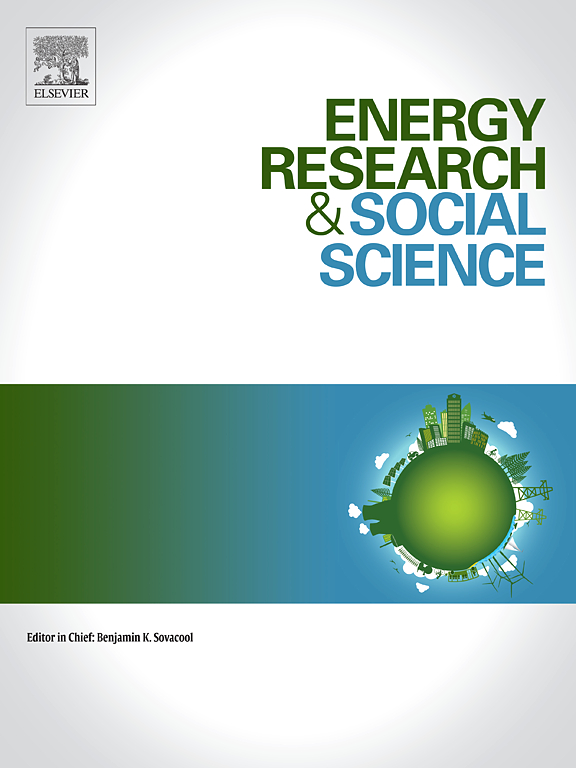Load-shifting for cost, carbon, and grid benefits: A model-driven adaptive survey with German and Swiss households
IF 6.9
2区 经济学
Q1 ENVIRONMENTAL STUDIES
引用次数: 0
Abstract
Survey data helps understand user energy behaviour and inform policies supporting the transition to a renewable, user-centric electricity grid. To explore user responses to dynamic, hypothetical energy scenarios – such as time-varying electricity tariffs or fluctuations in renewable energy availability – surveys often rely on standardised fixed-choice questions. However, these methods frequently oversimplify the complexity, diversity, and temporal dynamics of user behaviour, resulting in generalised and incomplete insights for interventions.
To address these challenges, we introduce a model-driven adaptive survey. By integrating a conventional survey design with a feedback loop between participant responses and an energy demand model, this method allows end-users to iteratively evaluate and adjust their choices through a set of indicator scores. We implemented this approach in a survey conducted across Germany and German-speaking Switzerland (N=803), investigating user willingness to time-shift dishwashing usage under four scenarios: time-of-use tariffs, congestion risks, renewable energy availability, and their combinations.
Our findings highlight the value of integrating energy demand models into survey designs to assist respondents in making complex energy-related decisions in a tailored manner. Respondents exhibited significant variability in their load-shifting practices, with over 56% reporting a likelihood of time-shifting energy use even without financial incentives. Participants using the feedback mechanism achieved notable improvements: 19% reduction in energy costs, 80% reduction in peak energy demand, and 9% increase in renewable energy usage on average for running the dishwasher. Beyond its utility for data collection, we discuss how this approach could extend to real-world applications, enabling users to navigate decision-making in increasingly dynamic energy systems.
求助全文
约1分钟内获得全文
求助全文
来源期刊

Energy Research & Social Science
ENVIRONMENTAL STUDIES-
CiteScore
14.00
自引率
16.40%
发文量
441
审稿时长
55 days
期刊介绍:
Energy Research & Social Science (ERSS) is a peer-reviewed international journal that publishes original research and review articles examining the relationship between energy systems and society. ERSS covers a range of topics revolving around the intersection of energy technologies, fuels, and resources on one side and social processes and influences - including communities of energy users, people affected by energy production, social institutions, customs, traditions, behaviors, and policies - on the other. Put another way, ERSS investigates the social system surrounding energy technology and hardware. ERSS is relevant for energy practitioners, researchers interested in the social aspects of energy production or use, and policymakers.
Energy Research & Social Science (ERSS) provides an interdisciplinary forum to discuss how social and technical issues related to energy production and consumption interact. Energy production, distribution, and consumption all have both technical and human components, and the latter involves the human causes and consequences of energy-related activities and processes as well as social structures that shape how people interact with energy systems. Energy analysis, therefore, needs to look beyond the dimensions of technology and economics to include these social and human elements.
 求助内容:
求助内容: 应助结果提醒方式:
应助结果提醒方式:


